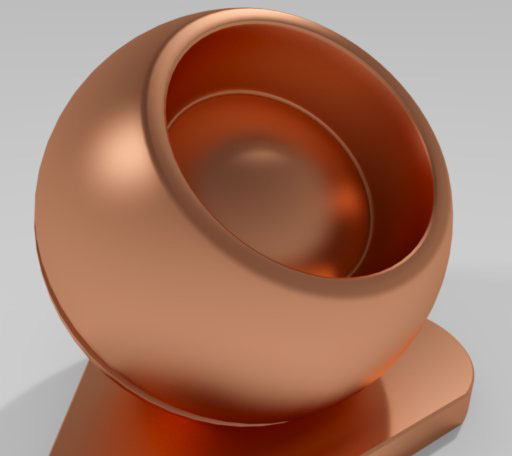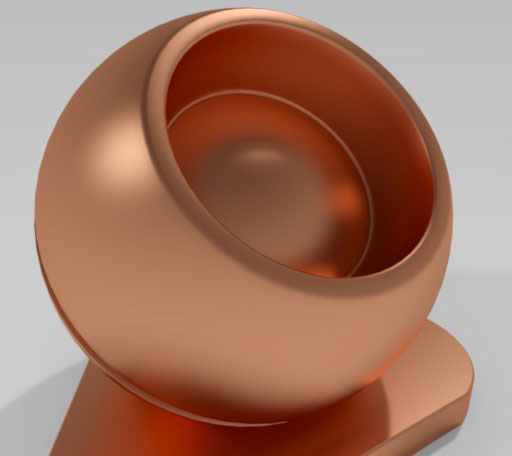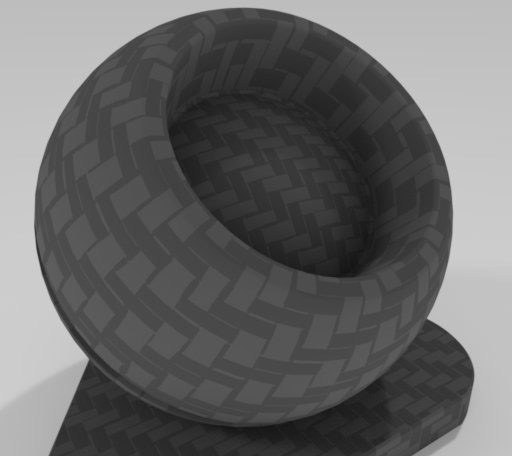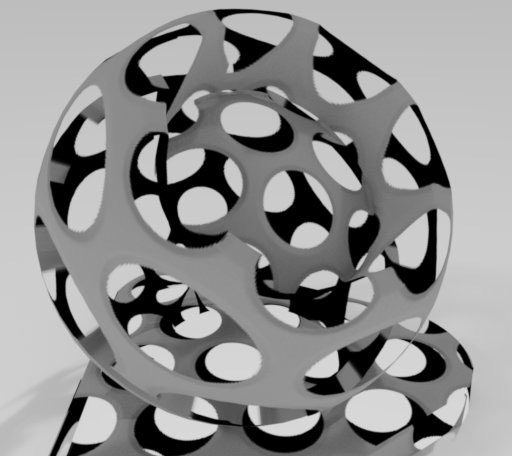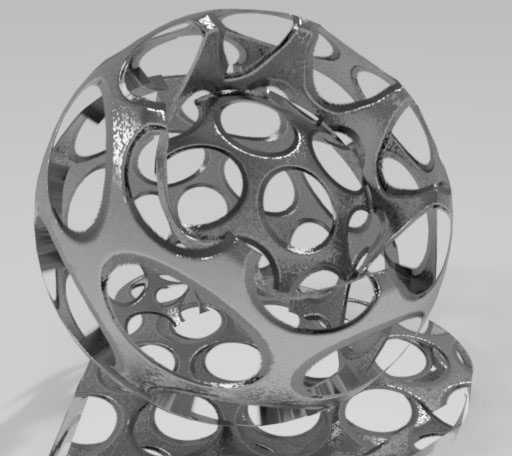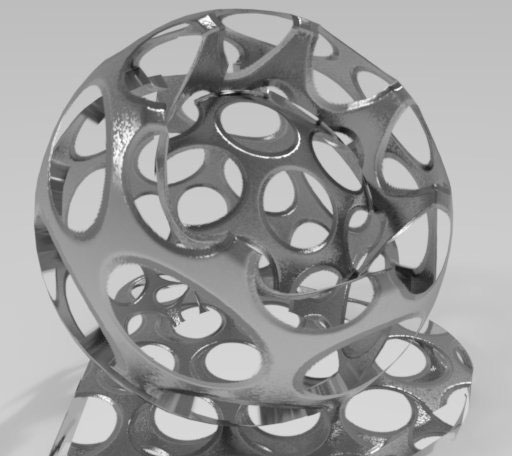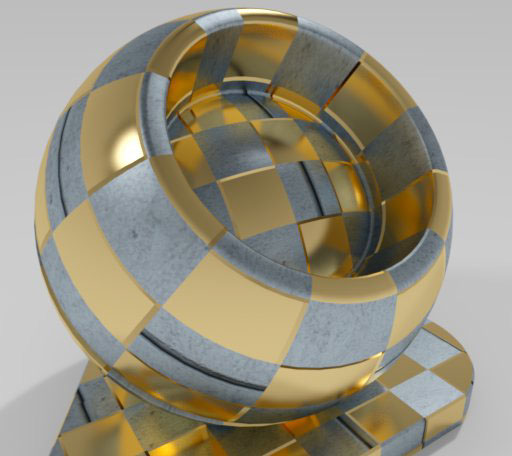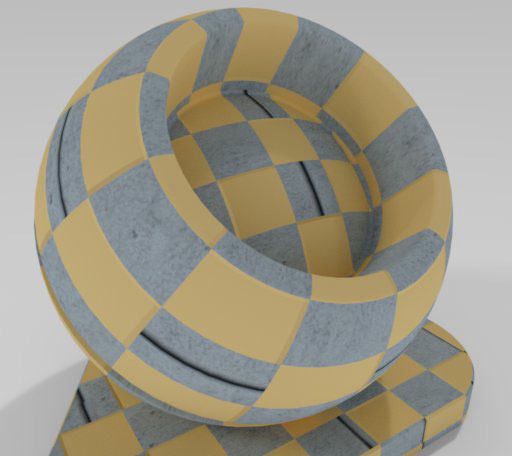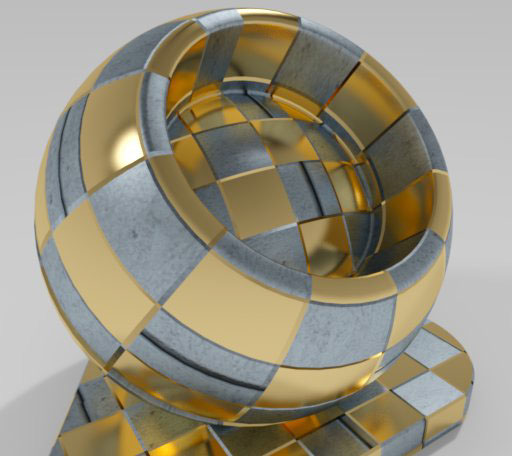“Fast Automatic Level of Detail for Physically-based Materials” by Kettner
Conference:
Title:
- Fast Automatic Level of Detail for Physically-based Materials
Session/Category Title: It's a Material World
Presenter(s)/Author(s):
Entry Number: 39
Abstract:
Using a term rewriting system, simplifications of physically-based materials described in a declarative programming language can be created automatically. Sets of rules for the term rewriting system allow for customizing simplifications according to use cases. Examples include automatic level-of-detail generation or simplification of materials for faster rendering in realtime viewports and games.
References:
Y. He, T. Foley, and K. Fatahalian. 2016. A System for Rapid Exploration of Shader Optimization Choices. ACM Trans. Graph. 35, 4 (July 2016), 112:1–112:12.Google ScholarDigital Library
L. Kettner, M. Raab, D. Seibert, J. Jordan, and A. Keller. 2015. The Material Definition Language. In Proc. of the Workshop on Material Appearance Modeling. 1–4.Google Scholar
M. Olano, B. Kuehne, and M. Simmons. 2003. Automatic Shader Level of Detail. In Proc. of the ACM SIGGRAPH/EUROGRAPHICS Conference on Graphics Hardware (HWWS ’03). 7–14.Google Scholar
F. Pellacini. 2005. User-configurable Automatic Shader Simplification. In ACM SIGGRAPH 2005 Papers (SIGGRAPH ’05). 445–452. Google ScholarDigital Library
P. Sitthi-Amorn, N. Modly, W. Weimer, and J. Lawrence. 2011. Genetic Programming for Shader Simplification. In Proc. of the 2011 SIGGRAPH Asia Conference (SA ’11). Google ScholarDigital Library
L. Gritz (Ed.). 2016. Open Shading Language 1.7: Language Specification. Sony Pictures Imageworks Inc., et al.Google Scholar
R. Wang, X. Yang, Y. Yuan, W. Chen, K. Bala, and H. Bao. 2014. Automatic Shader Simplification Using Surface Signal Approximation. ACM Trans. Graph. 33, 6 (2014).
Keyword(s):
Acknowledgements:
The author would like to thank Jan Jordan for valuable contributions to this project as well as Alexander Keller and Mike Blake for helpful suggestions on this paper.

